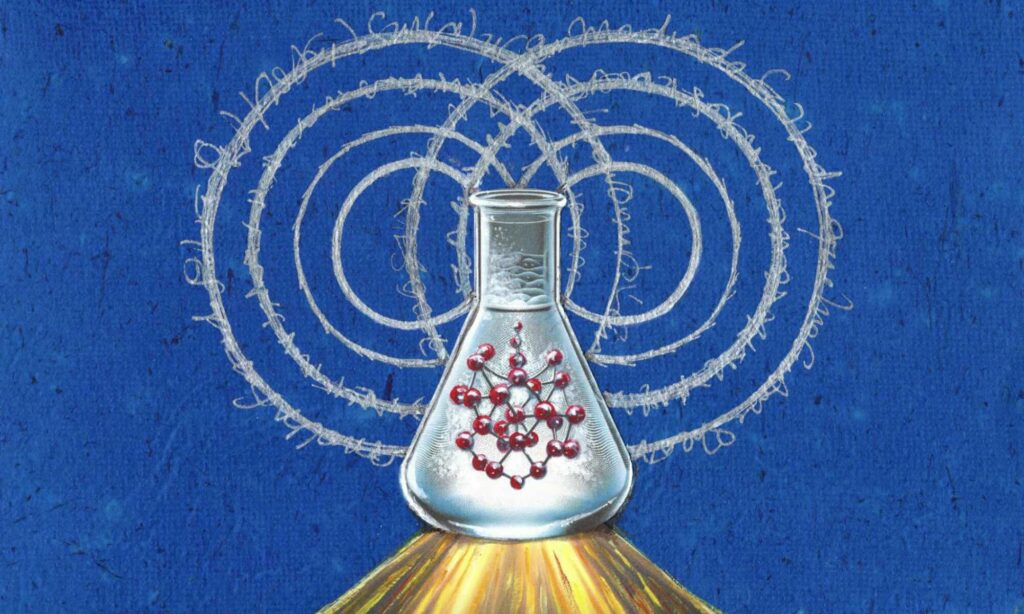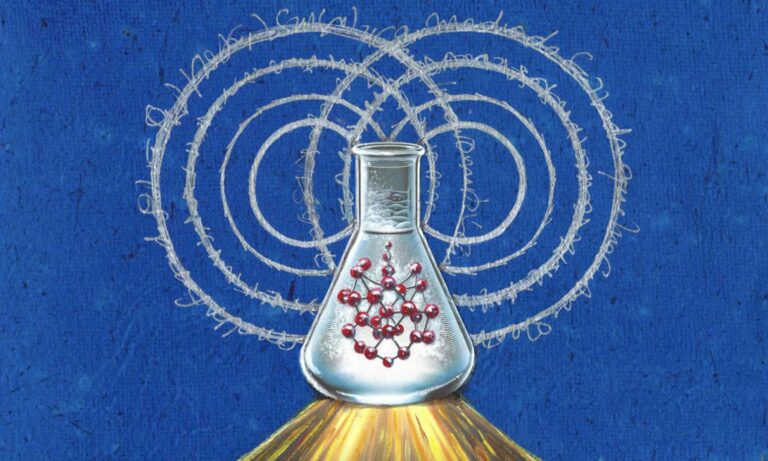New strategy reveals ‘full chemical complexity’ of quantum decoherence
In quantum mechanics, particles have the ability to exist in multiple states simultaneously, defying conventional logic. This phenomenon, known as quantum superposition, forms the basis for emerging quantum technologies that hold the potential to revolutionize computing, communication, and sensing. However, the effectiveness of quantum superpositions is hindered by a challenge known as quantum decoherence, where the delicate balance of quantum states breaks down upon interaction with the surrounding environment.
To harness the potential of chemistry in constructing intricate molecular architectures for practical quantum applications, scientists aim to comprehend and control quantum decoherence. This involves understanding how to modify a molecule’s chemical structure in a systematic way to influence or mitigate quantum decoherence.
The key to achieving this lies in determining the “spectral density,” a parameter that characterizes the speed and strength of the interaction between the environment and the quantum system. Until now, accurately quantifying this spectral density to reflect the complexities of molecules has proven challenging for both theoretical approaches and experimental techniques. However, a team of scientists, led by Ignacio Franco, an associate professor of chemistry and physics at the University of Rochester, has developed a method to extract the spectral density for molecules in a solvent using resonance Raman experiments. This method captures the full intricacy of chemical environments. By utilizing the extracted spectral density, researchers can not only comprehend the speed of decoherence but also identify the primary contributors from the chemical environment.
This breakthrough enables scientists to map out decoherence pathways, establishing connections between molecular structure and quantum decoherence. The findings of this research were published in the Proceedings of the National Academy of Sciences.

“Molecular structure plays a pivotal role in determining the chemical and physical characteristics of matter, forming the foundation of modern molecular design for applications in medicine, agriculture, and energy. With this approach, we can now establish chemical design principles for emerging quantum technologies,” explains Ignacio Gustin, a chemistry graduate student at the University of Rochester and the first author of the study.
The breakthrough occurred when the research team realized that resonance Raman experiments provide all the necessary information for studying decoherence with complete chemical complexity. Although these experiments are commonly employed to investigate photophysics and photochemistry, their potential for studying quantum decoherence had not been previously recognized. Key insights were gained through discussions with David McCamant, an associate professor in the chemistry department at Rochester and an expert in Raman spectroscopy, and Chang Woo Kim, an expert in quantum decoherence who, at the time, was a postdoctoral researcher at Rochester and is now on the faculty at Chonnam National University in Korea.
The team applied their method to demonstrate, for the first time, how electronic superpositions in thymine, a DNA building block, unravel within just 30 femtoseconds (one femtosecond is one millionth of one billionth of a second) after its absorption of UV light. They observed that specific vibrations in the molecule dominate the initial stages of the decoherence process, while the solvent becomes a dominant factor in the later stages. Additionally, they found that chemical modifications to thymine can significantly alter the decoherence rate, with hydrogen-bond interactions near the thymine ring leading to faster decoherence.
Ultimately, the team’s research paves the way for comprehending the chemical principles governing quantum decoherence. Franco expresses enthusiasm, stating, “We are excited to use this strategy to finally understand quantum decoherence in molecules with full chemical complexity and use it to develop molecules with robust coherence properties.”
This article is republished from PhysORG under a Creative Commons license. Read the original article.
Do not forget to share your opinion with us to provide you with the best posts !




0 Comments